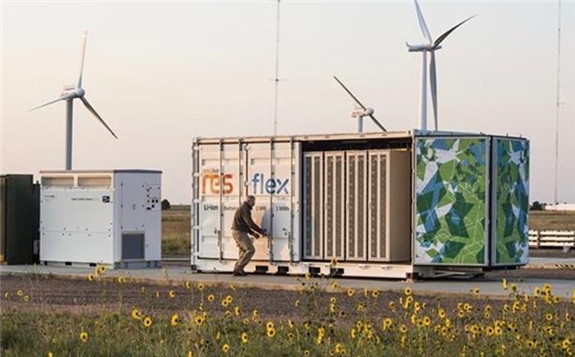BloombergNEF reports says falling cost of batteries will help to drive global growth in the market.Energy storage will grow to 1095GW in 2040, compared with 9GW last year, boosted by cheaper lithium-ion battery technology, according to new research by BloombergNEF.

The 122-fold boom will require $662bn of investment, said BNEF in the 'Energy Storage Outlook 2019' report.
It noted that the cost of lithium-ion batteries has fallen 85% in the 2010-18 period, and will be followed by a further halving of lithium-ion costs per kilowatt-hour by 2030 as demand takes off in stationary storage and electric vehicles.
BNEF energy storage analyst and co-author of the report Yayoi Sekine said: “Two big changes this year are that we have raised our estimate of the investment that will go into energy storage by 2040 by more than $40bn, and that we now think the majority of new capacity will be utility-scale, rather than behind-the-meter at homes and businesses.”
The researcher expects cheaper batteries to be used in more and more applications.
“These include energy shifting (moving in time the dispatch of electricity to the grid, often from times of excess solar and wind generation), peaking in the bulk power system (to deal with demand spikes), as well as for customers looking to save on their energy bills by buying electricity at cheap hours and using it later,” BNEF said.
In the short term, said BNEF head of energy storage Logan Goldie-Scot, renewables-plus-storage, especially solar-plus-storage, has become a major driver for battery build.
“This is a new era of dispatchable renewables, based on new contract structures between developer and grid,” Goldie-Scot said.
Just 10 countries are on course to represent almost three quarters of the global market in gigawatt terms, according to BNEF.
South Korea is currently market leader, but will soon cede that position, with China and the US far in front by 2040.
The other significant markets include India, Germany, Latin America, South-east Asia, France, Australia and the UK.
BNEF said falling wind, solar and battery costs mean wind and solar are set to make up almost 40% of world electricity in 2040, up from 7% today, while passenger electric vehicles could become one third of the global passenger fleet by 2040, up from less than half a percent today.
Both these developments would add huge scale to the battery manufacturing sector, it added.
Demand for storage will also increase to balance the higher proportion of variable, renewable generation in the electricity system, the report said.
It also found that energy storage will become a practical alternative to new-build electricity generation or network reinforcement.
Behind-the-meter storage will also increasingly be used to provide system services on top of customer applications.
The total demand for batteries from the stationary storage and electric transport sectors is forecast to be 4584 gigawatt-hours by 2040, providing a major opportunity for battery makers and miners of component metals such as lithium, cobalt and nickel, BNEF said.